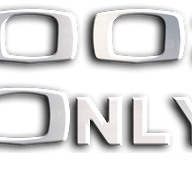jmackro
Well-Known Member
so if I understand the carbs in 40 with 34 chokes for my engine to have the maximum torque
and maybe 36 chokes to get the horses higher rpm
I don't think it's quite that simple, but I'm no authority.
the m30b35 making its maximum power at 5700 rpm
OK, well the numbers I ran in post #17 used a lower RPM figure, so perhaps 36's would be better if you plan to regularly run at 5,700 RPM. But for normal street use, I suspect you'd get a better idle, and plenty of torque & HP with 34's. For a race engine, with a cam that won't let it idle anyways, larger chokes might be preferable.
Last edited:


